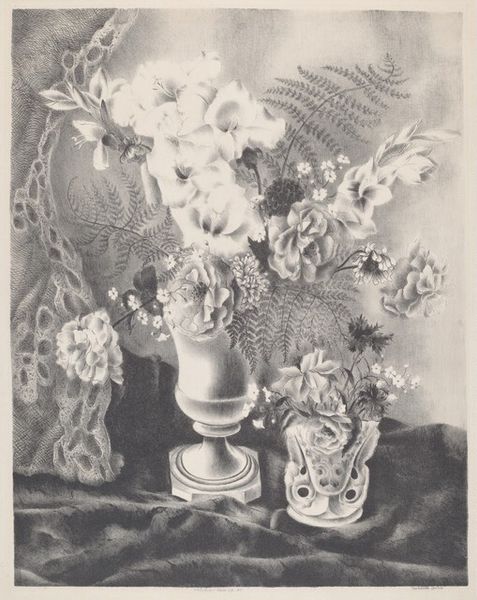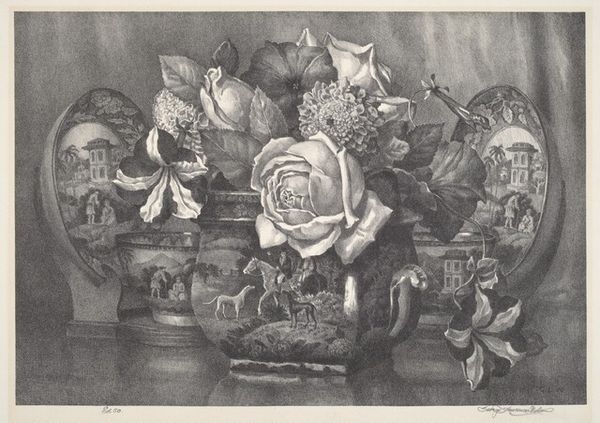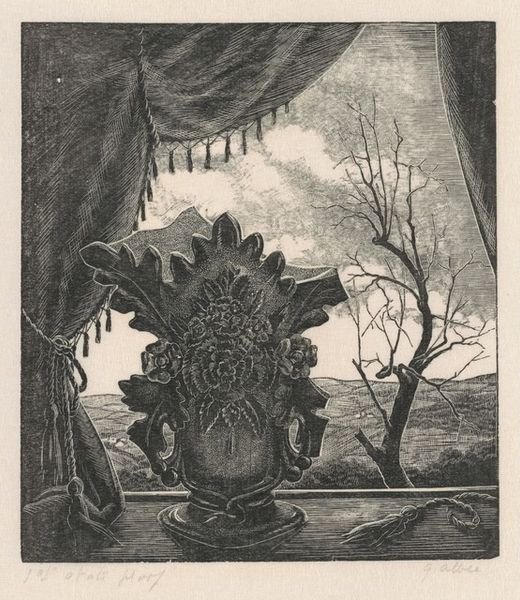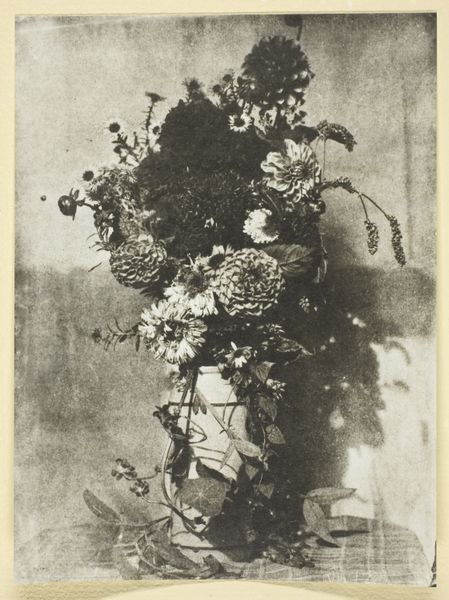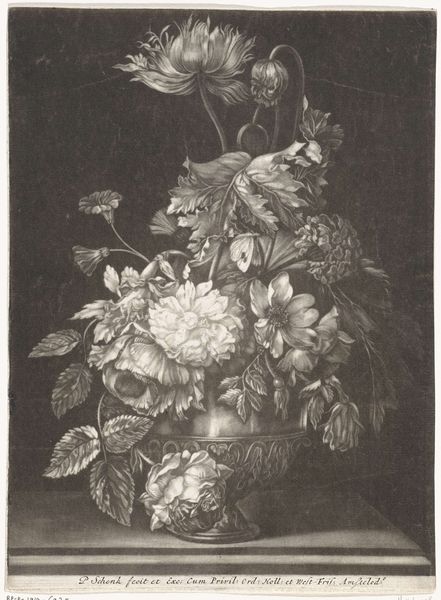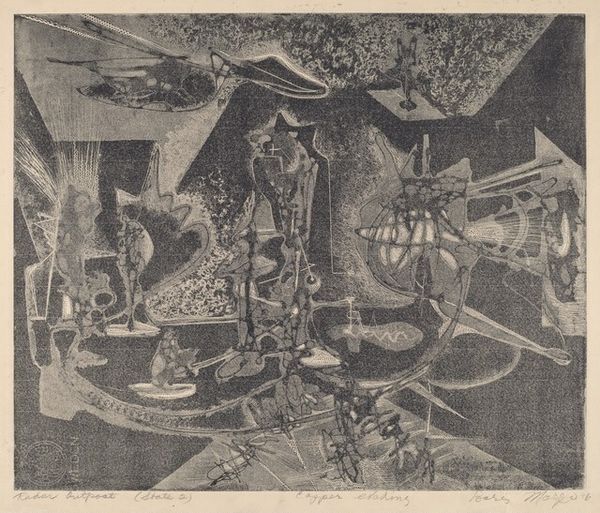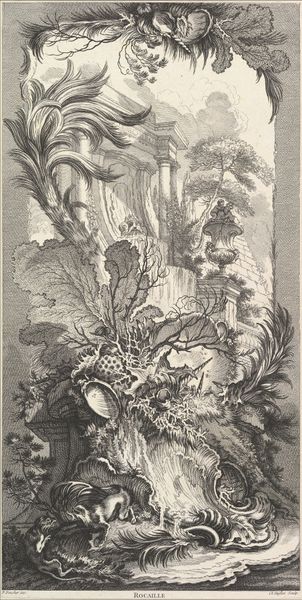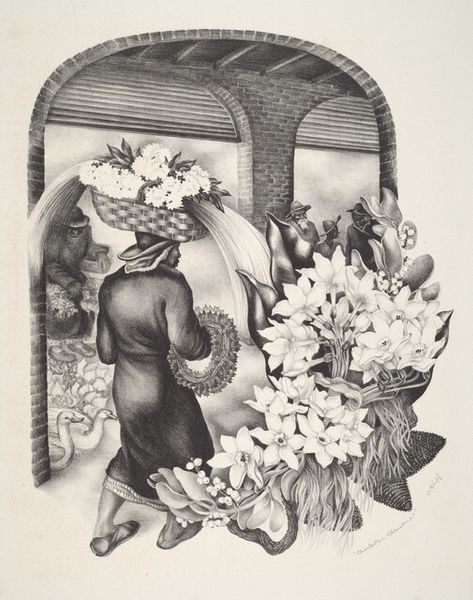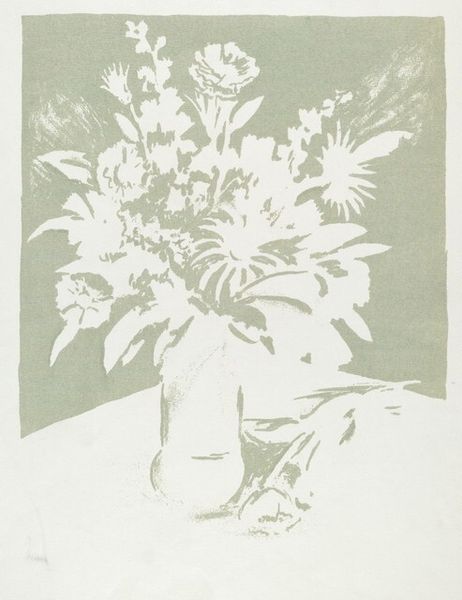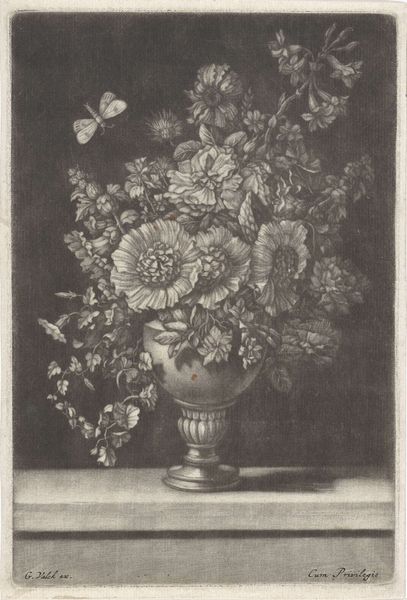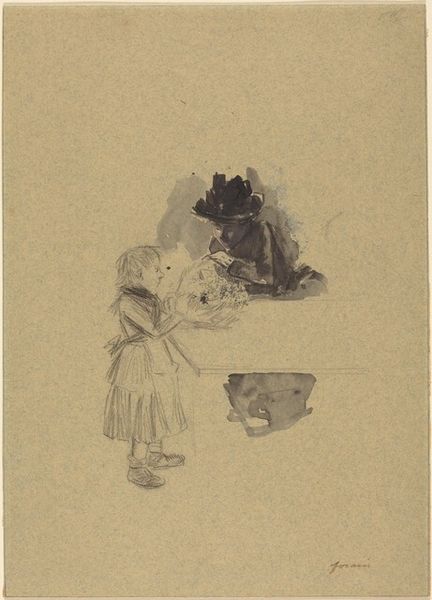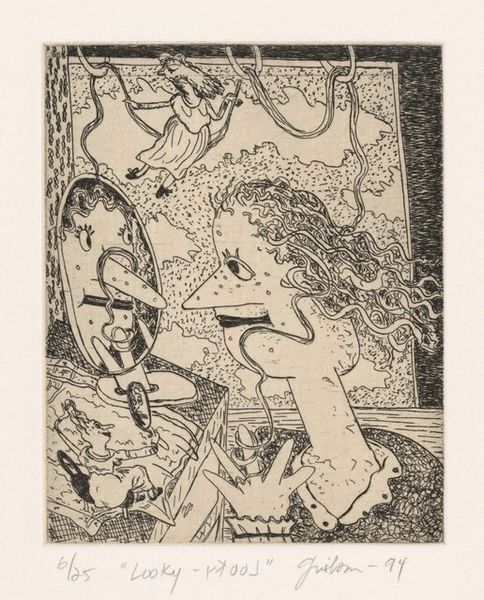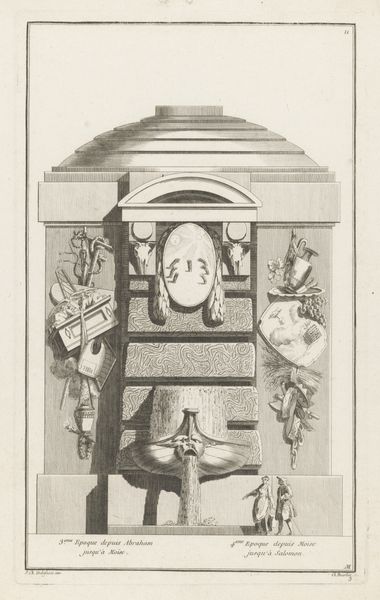
drawing, print, pencil
#
drawing
# print
#
pencil drawing
#
pencil
#
realism
Dimensions: Image: 417 x 339 mm Sheet: 503 x 407 mm
Copyright: National Gallery of Art: CC0 1.0
Curator: Welcome. We are looking at a still life dating from between 1935 and 1938 by Minnetta Good. This piece is rendered in pencil, and exists as both a drawing and a print. Editor: It’s striking! There’s a haunting stillness. The muted grayscale palette heightens a sense of quiet, and the composition—the vase of flowers against a draped backdrop—feels carefully considered, even a bit melancholic. Curator: Let's consider the context. Good worked during a period marked by both the Great Depression and the rise of social realism in American art. So, what could this intimate domestic scene be telling us about life during that time? How are domestic objects reflecting wider social trends? Editor: You immediately jump to context, while I see something more timeless here. The subtle play of light and shadow, the velvety texture of the pencil strokes… it creates an ethereal atmosphere. The book nestled near the flowers—notice its almost obscured title and the single pine sprig atop, a poignant statement about mortality and the transience of knowledge and beauty? Curator: Perhaps, but think about the accessibility of art prints at that time. The availability of reproduced images made art more affordable to a wider segment of society. Her artistic practice became deeply intertwined with production and dissemination, therefore consumption. What was the artist signaling by choosing to use the print medium to portray flowers and domestic objects? Was she inviting the middle class to celebrate, or to critize, the status quo? Editor: True, and from a purely formal point of view, note the mirror in the upper-left. It offers us a ghostly, skewed glimpse of the very bouquet depicted center stage. It’s a powerful, repeating visual element. Good guides our eyes through the interplay of light and surface, engaging us in her careful reconstruction. Curator: Good’s engagement with printing technology positions her piece as part of a larger story of artistic production and reproduction in America at that time. How artistic labor, production and availability changed under economic distress? The making of such work inevitably highlights a complex intersection of creation and commerce. Editor: Yes, but the exquisite precision and refined tonality within a limited tonal range draw me to a celebration of craftsmanship and attention to detail. Curator: A detail which must take into consideration the economics of image reproduction during the 1930's. What do we make, and how do we share it? I wonder what that little book tells us. Editor: The delicate lines and shading offer more than economic realities; the art embodies stillness and contemplative beauty, wouldn't you agree?
Comments
No comments
Be the first to comment and join the conversation on the ultimate creative platform.
